This is a picture of coral reefs in the Red Sea as seen from the International Space Station on May 20, 2003.
Click on image for full size
Courtesy of NASA
Peeking at Coral Reefs from Space
News story originally written on June 4, 2003
Look at this picture! The light blue parts are coral reefs just under the water’s surface. How many reefs do you see?
The crew of the International Space Station (ISS) took this picture while looking down at the Earth below them on May 20, 2003. It shows coral reefs in the Red Sea.
Some scientists dive into the water and study reefs up-close. Other scientists can study reefs from very far away. By looking at reefs from the ISS or Earth-observing satellites, scientists can figure out if reefs around the world are healthy. They can see how much of a reef has living coral on it and how much coral has become sick and died.
The world’s coral reefs are in trouble. Each year there are less healthy reefs. Pollution, warming oceans, and new coral diseases threaten them. Thanks to satellites and the ISS we are able to keep track of reef health by looking from above.
Last modified June 3, 2003 by Lisa Gardiner.
You might also be interested in:

Do you know what scuba stands for? It means self-contained, underwater breathing apparatus. What does that mean? Well, it means that divers carry their air with them when they dive! There are different
...more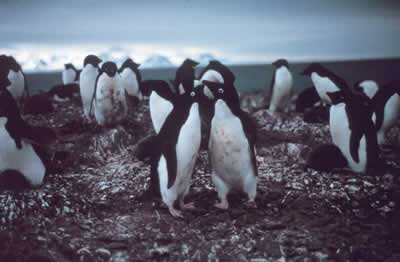
Scientists have been studying special places of the chilly ocean near Antarctica. They found that these places are favorite spots for thousands of penguins! Much of the ocean near Antarctica is covered
...more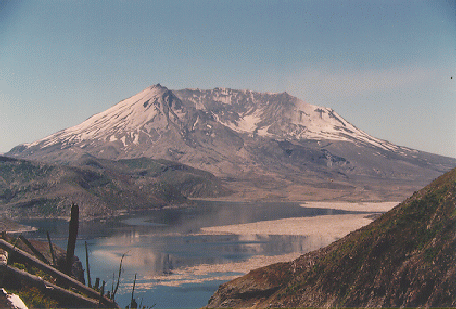
Mount St. Helens, a volcano on the west coast of the United States, has been quiet for 18 years. But in the last week it has not been quiet at all! It has been puffing steam and ash and a flow of lava
...more
Wonder why you never see a dinosaur in your yard? Well, they are extinct of course! So, there are no more of them living on Earth. Dinosaurs became extinct 65 million years ago. They were not the only
...more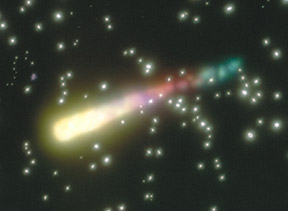
A large meteor exploded in the sky near Chicago shortly after midnight on March 28, 2003. People in Wisconsin, Illinois, Indiana, and Ohio saw the meteor break apart as it flew across the sky. Many pieces
...more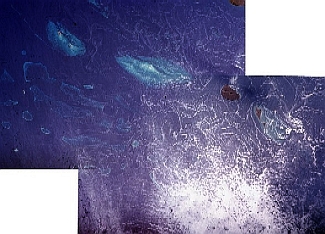
Look at this picture! The light blue parts are coral reefs just under the water’s surface. How many reefs do you see? The crew of the International Space Station (ISS) took this picture while looking
...more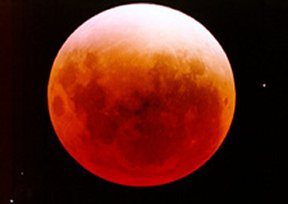
There will be an eclipse of the Moon on Thursday night, May 15, 2003. The shadow of the Earth will fall on the Moon, and the Moon will get dark! The Moon will not be so dark that you can't see it. The
...more














